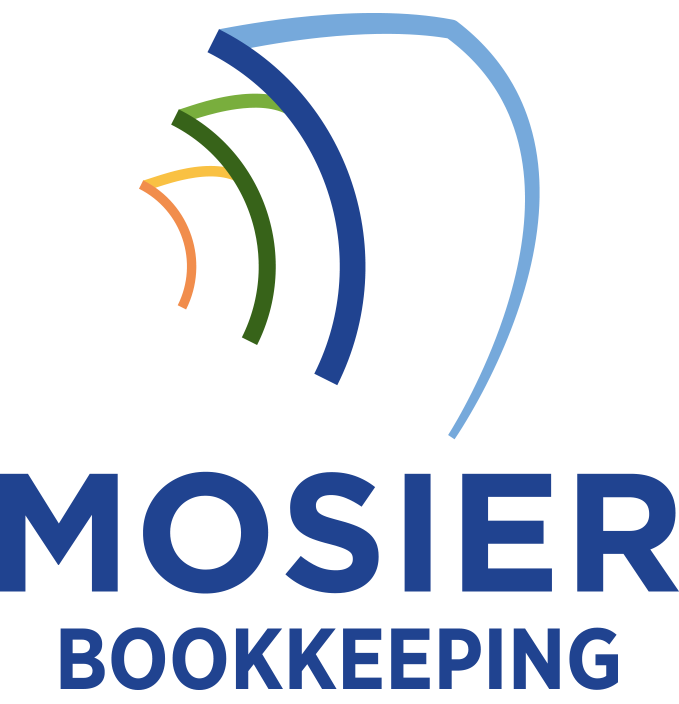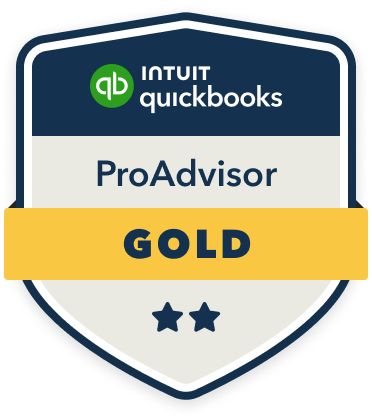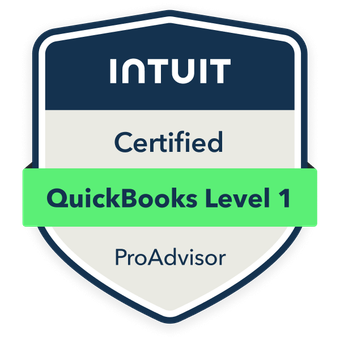Non-profit bookkeeping challenges center on five critical areas that I’ve identified through extensive analysis: managing restricted funds, maintaining donor records, traversing tax compliance, tracking in-kind donations, and implementing internal controls with limited resources. To overcome these challenges, you’ll need robust fund accounting systems, detailed documentation processes, and clear operational procedures. The right combination of software tools, staff training, and oversight mechanisms will help you master these essential financial management components.
Managing Restricted Funds and Grant Allocations

Managing restricted funds and grants poses one of the most complex challenges for non-profit bookkeepers. I’ve found that maintaining separate accounts for each restricted fund is critical, as donors and grantors require specific tracking of how their money is spent. You’ll need to implement a robust fund accounting system that clearly segregates restricted and unrestricted funds.
I recommend creating detailed documentation trails for every transaction involving restricted funds. This guarantees you’re meeting donor stipulations and grant requirements. You must also establish internal controls to prevent accidental commingling of funds and maintain precise records for reporting deadlines and compliance audits.
Maintaining Accurate Revenue Recognition and Donor Records
Since non-profit organizations rely heavily on donations and grants, accurate revenue recognition and donor record-keeping are essential for maintaining financial integrity and donor trust. I’ve found that implementing robust systems to track every contribution helps prevent reporting errors and guarantees compliance with accounting standards.
| Revenue Type | Recognition Timing | Documentation Required |
|---|---|---|
| Cash Donations | Immediate | Receipt, Donor Info |
| Pledges | When Promised | Pledge Agreement |
| In-Kind Gifts | Fair Market Value | Appraisal Document |
I recommend using specialized non-profit accounting software to automate donor tracking, generate tax acknowledgments, and maintain detailed giving histories. This approach minimizes errors and fortifies relationships with key supporters.
Navigating Complex Tax Compliance and Reporting Requirements

While many non-profits focus primarily on their charitable missions, maintaining tax compliance remains a critical responsibility that requires careful attention. I advise you to master Form 990 requirements, as they’re complex and scrutinized by both the IRS and potential donors. You’ll need to track unrelated business income carefully, distinguish between restricted and unrestricted funds, and maintain documentation for tax-exempt status. I recommend implementing robust systems to monitor state-specific compliance requirements, payroll taxes, and sales tax obligations. Remember, non-compliance can jeopardize your organization’s tax-exempt status and reputation with stakeholders.
Tracking In-Kind Donations and Volunteer Time
Beyond tax compliance, non-profit organizations face unique challenges in accurately valuing and recording non-monetary contributions. I’ve found that tracking in-kind donations and volunteer hours requires systematic processes and clear documentation standards to guarantee their impact.
- A standardized valuation system for goods and services based on fair market value
- Digital time-tracking tools that capture volunteer hours, skills, and project assignments
- Regular audits of in-kind donation records to verify accurate reporting on Form 990
I’ll help you leverage these non-cash contributions to demonstrate your organization’s true operational scope and community impact while maintaining impeccable financial records.
Implementing Internal Controls With Limited Resources

Limited resources present a critical challenge for non-profits seeking to establish robust internal controls. I recommend implementing segregation of duties by cross-training staff and rotating responsibilities, even with a small team. You’ll need to establish clear approval hierarchies and documentation requirements for all financial transactions.
I’ve found that leveraging technology can help automate controls cost-effectively. Consider implementing digital approval workflows and audit trails through affordable accounting software. You can also engage board members strategically in oversight roles, particularly those with financial expertise, to strengthen your control environment without increasing operational costs.









